With a population of over 1.23 million, Belgrade is the capital of Serbia and is the largest city by population in the country. It is located at the junction of the River Saba and the River Danube and is a major administrative hub within the country. Belgrade has two main universities, The University of Belgrade which was founded in 1808 and is the oldest university in Serbia, and the Megatrend University which was founded in 1989. In addition to this there are also over 300 other educational institutions in the city which offer a wide variety of courses, topics and qualifications. Belgrade is also known for its extensive list of museums, the most renowned of which is the National Museum which was established in 1844 and contains over 400,000 exhibits. The city is also home to some stunning examples of architecture, much of which dates from the 18th century
Free Wi-Fi
To make sure you’re always connected we offer completely free and easy to access wi-fi.






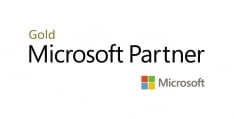

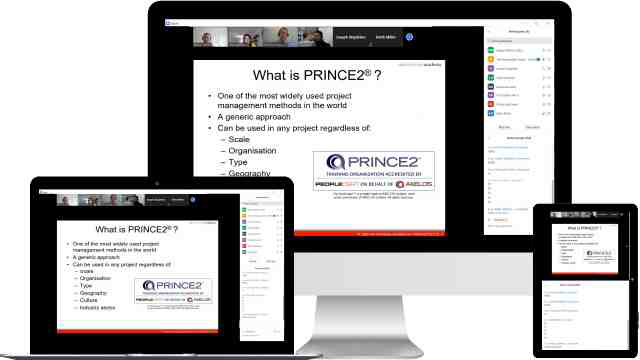
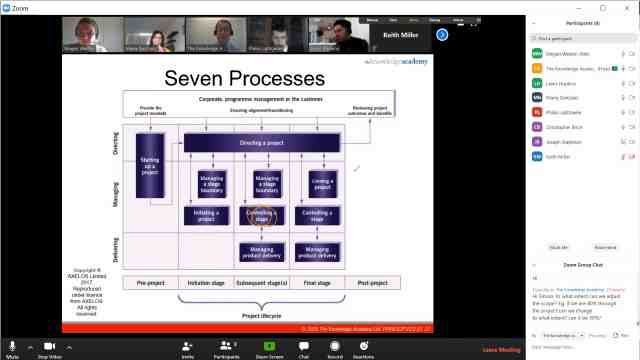
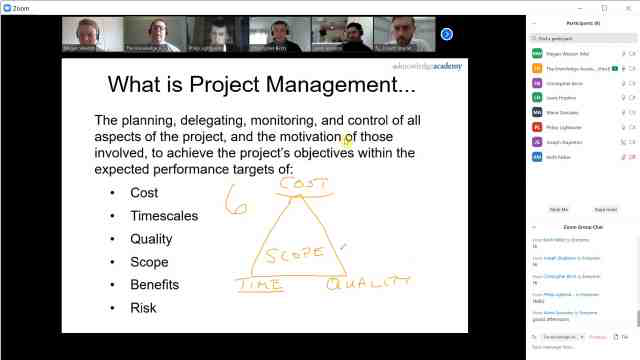
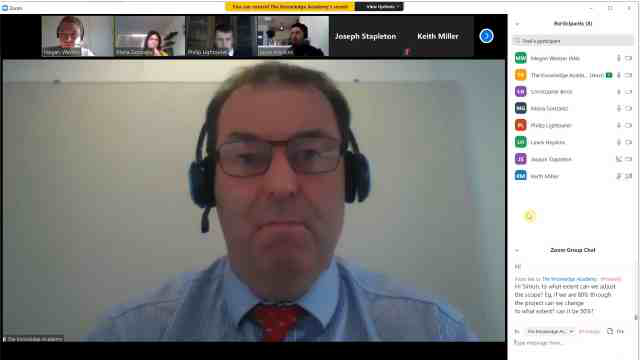
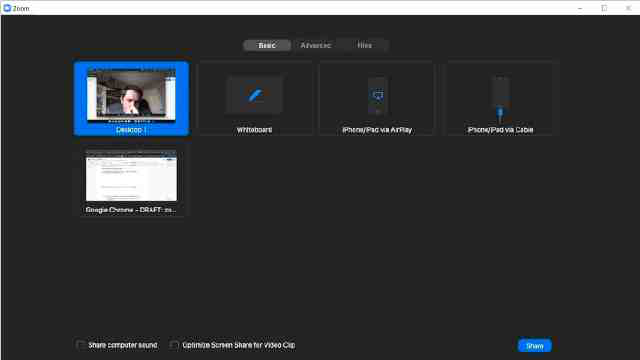



























 Back to course information
Back to course information




 If you wish to make any changes to your course, please
If you wish to make any changes to your course, please

